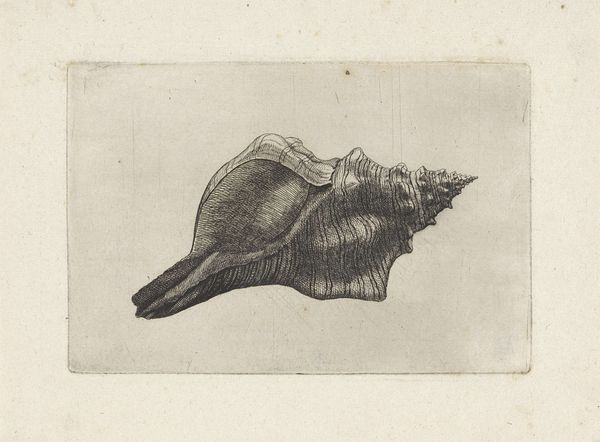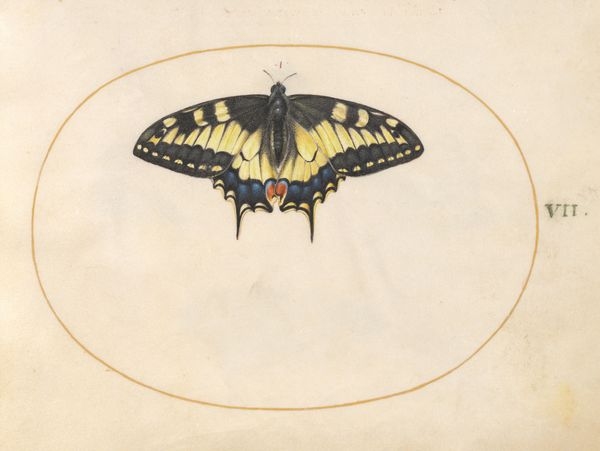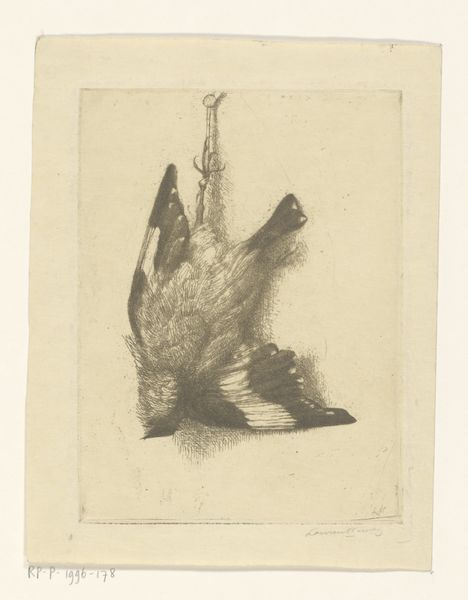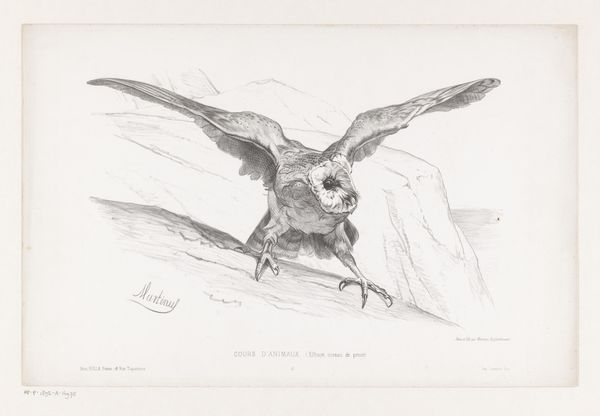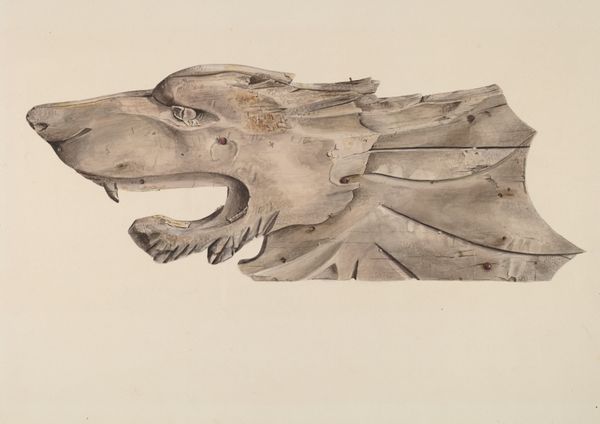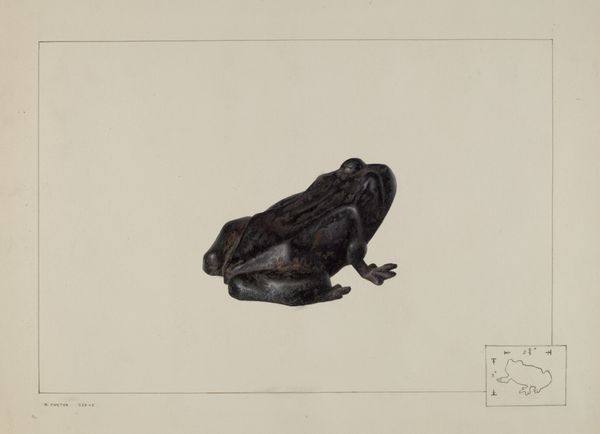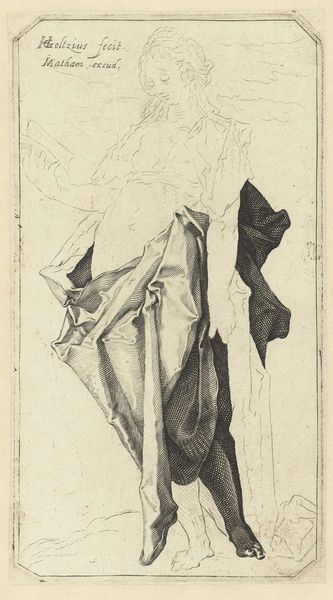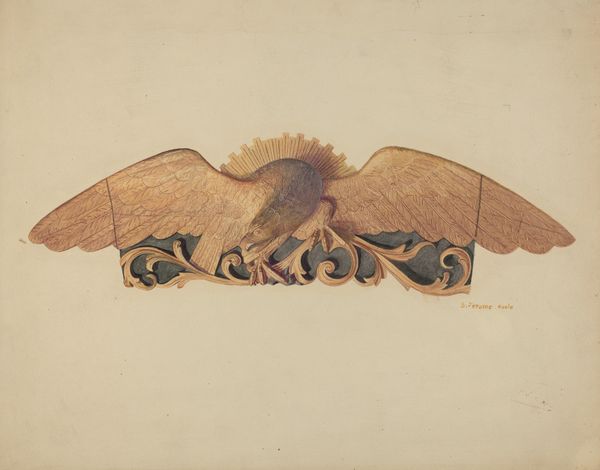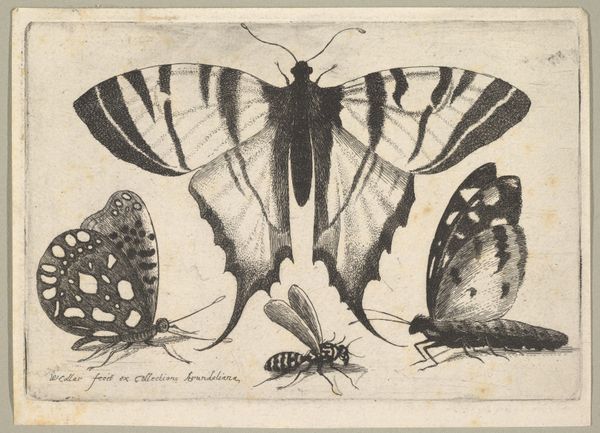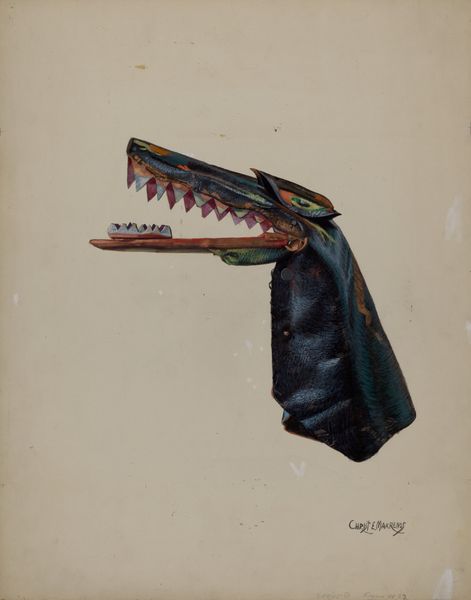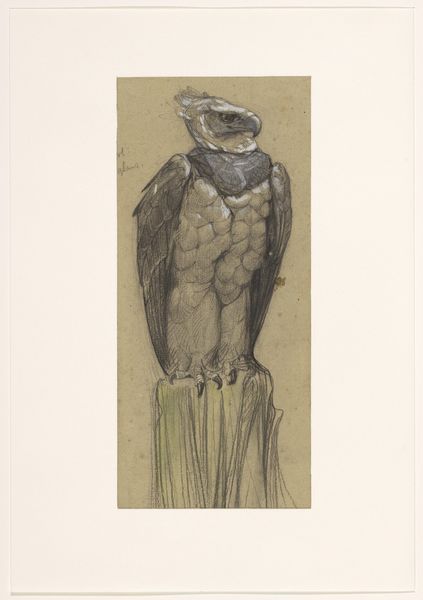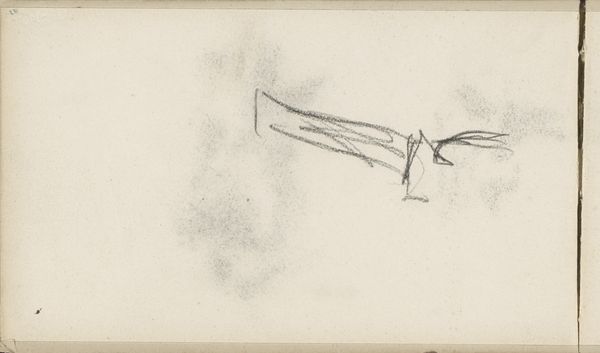
drawing, watercolor, ink
#
portrait
#
drawing
#
charcoal drawing
#
watercolor
#
ink
#
islamic-art
#
watercolour illustration
#
watercolor
Dimensions: Painting: H. 23 1/2 in. (59.7 cm) W. 32 3/4 in. (83.2 cm) Mat size: H. 27 1/4 in. (69.2 cm) W. 35 1/2 in. (90.2 cm)
Copyright: Public Domain
Editor: We’re looking at Bhawani Das’s "Great Indian Fruit Bat," created sometime between 1752 and 1807, using ink, watercolor, and charcoal. It's incredibly detailed. What stands out to you most about this piece? Curator: The visible labor, for one. Look at the meticulous lines rendering the bat's wing structure, the gradations of color achieved with watercolor. This isn't just representation; it's a testament to the artisanal skill valued and employed within the historical context. Think about the physical act of producing such detailed work - the artist's time, the cost of materials, who commissioned the work and how the artist was paid. It invites questions of patronage and production. Editor: So, you're focusing on the work that went into the piece. Curator: Exactly. And further, where did the materials come from? How accessible were these inks and watercolors? Who was granted access to such goods? Editor: That's fascinating. It makes you consider art not just as an object but also the socio-economic elements needed to create it. I always thought about artistic vision, not access to resources, impacting final art! Curator: Precisely. What about the reception? Was this intended as a scientific study? A decoration? Its function informs its materiality. The means of production—paper, pigment, and brush—tell as much of a story as the bat itself. It prompts us to look past representation and focus on its use of human labor within a defined context. What implications were there, then? How does this all influence our contemporary interpretation of the artwork? Editor: I’m looking at the materials and labor in art in a completely new light! Thanks for pointing that out!
Comments
No comments
Be the first to comment and join the conversation on the ultimate creative platform.
